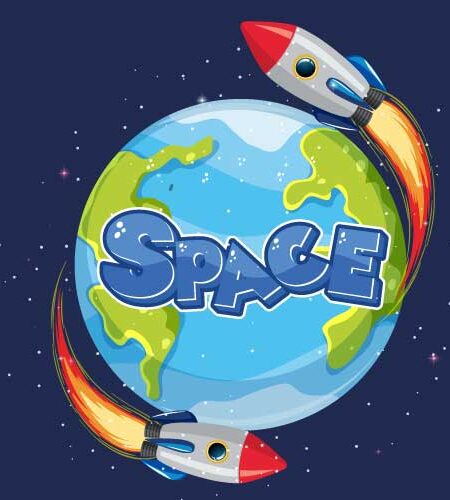Table of Contents
Welcome back to Play Time Color, where we combine the magic of learning with the joy of coloring! Today, we’re setting off on an incredible journey through space. Get your coloring pencils ready as we explore asteroids, comets, shooting stars, galaxies, and the fascinating planets of our Solar System. Each section includes a special coloring image for you to bring to life. Let’s dive in!
Color the space
Astronauts
Astronauts are brave explorers who travel into space to conduct research and perform experiments. They live and work on space stations, experience weightlessness, and help us understand more about our universe. Their missions pave the way for future space exploration and even potential colonization of other planets.

Asteroids and Comets
Asteroids are rocky remnants from the early Solar System, often found in the asteroid belt between Mars and Jupiter. They come in all shapes and sizes. Comets, on the other hand, are icy bodies that release gas and dust, forming spectacular tails when they approach the Sun.


Shooting Stars and Stars
A shooting star is not a star at all but a meteoroid burning up as it enters Earth’s atmosphere. Stars, like our Sun, are massive celestial bodies that produce light and heat through nuclear fusion.


Galaxies
Galaxies are vast collections of stars, gas, dust, and dark matter bound together by gravity. Our home galaxy, the Milky Way, is just one of billions in the universe.

Planets of the Solar System
Mercury
Mercury is the closest planet to the Sun and has extreme temperatures. It’s the smallest planet in our Solar System.

Venus
Venus, the second planet from the Sun, is known for its thick, toxic atmosphere and surface temperatures hot enough to melt lead.

Earth
Our home planet, Earth, is the only known place in the universe that supports life. It has vast oceans and diverse ecosystems.

Mars
The Red Planet, Mars, is famous for its reddish appearance and the largest volcano and canyon in the Solar System.

Jupiter
Jupiter is the largest planet in our Solar System, known for its Great Red Spot and many moons.

Saturn
Saturn is renowned for its stunning ring system, composed of ice and rock particles.

Uranus
Uranus is unique for its tilted rotation axis and pale blue color due to methane in its atmosphere.

Neptune
Neptune, the farthest planet from the Sun, is known for its deep blue color and strong winds.

Pluto
Although reclassified as a dwarf planet, Pluto remains a beloved member of our Solar System with its icy surface and heart-shaped glacier.

The Moon
Our Moon is Earth’s only natural satellite, influencing tides and providing a dazzling sight in the night sky.

The Sun
The Sun is the heart of our Solar System, a star that provides the light and heat essential for life on Earth.

Satellites and Shuttles
Satellites orbit Earth, helping with communication, weather forecasting, and scientific research. Space shuttles have transported astronauts and cargo to space, enabling human exploration.


The Solar System
Our Solar System is a wondrous place with the Sun at its center, surrounded by planets, moons, asteroids, and comets all dancing in cosmic harmony.

Conclusion
Exploring space sparks curiosity and imagination, helping us understand the universe and our place in it. Coloring space-themed images makes learning fun and interactive, enhancing creativity and retention of knowledge. By combining education with creativity, we inspire future generations to dream big and reach for the stars.
Thank you for joining us on this colorful journey through space! Remember to share your colored masterpieces with us. Until next time, keep exploring and coloring with Play Time Color!


Comments